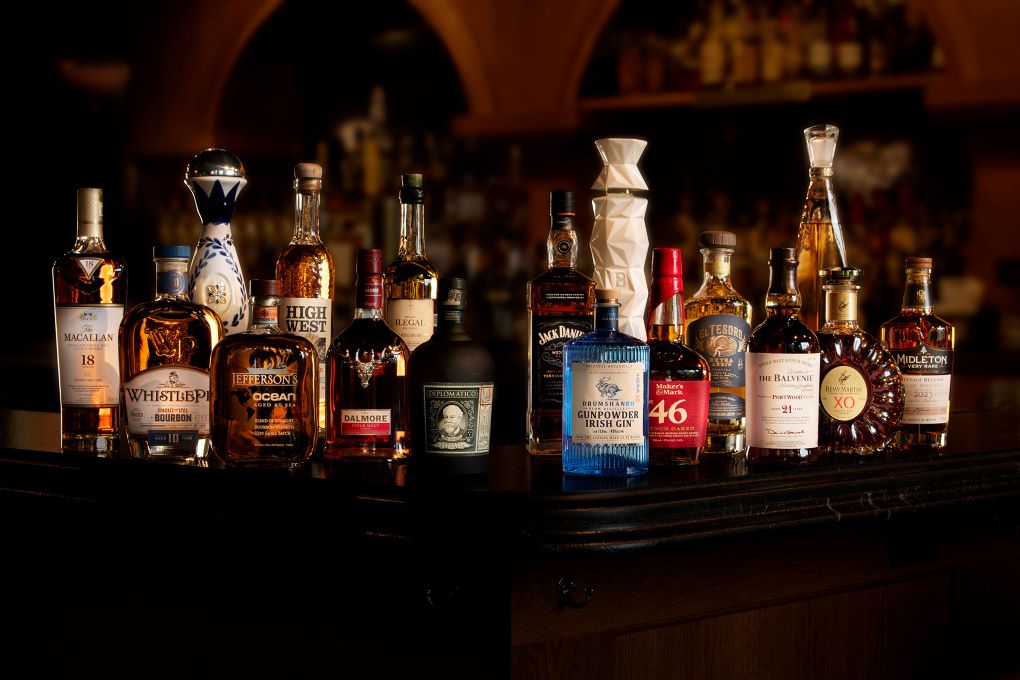AUSTRALIA. Brisbane Airport (BNE) is now home to one of Australia’s most significant Aboriginal art installations with the official unveiling of a major artwork by acclaimed indigenous artist, the late Mirdidingkingathi Juwarnda Sally Gabori.
A selection of Gabori’s artworks were digitally rendered, reproduced in large scale and applied from ceiling to floor along 750m of the arrivals concourse.
 |
Mirdidingkingathi Juwarnda Sally Gabori’s acclaimed work represents a “unique visual language” and “perfectly evokes the essence of Queensland”, according to Brisbane Airport Corporation |
Today’s official unveiling of Gabori’s artwork marks another significant milestone in the completion of the A$45 million (US$37.5m) redevelopment of Brisbane Airport’s International Terminal. Brisbane Airport Commission (BAC) boasts one of the largest collections of public art in Australia, maintaining a strong and long standing relationship with the arts community.
According to BAC, Gabori’s imagery perfectly evokes the essence of Queensland and depicts the artist’s stories of the tropical seascape, salt pans, mangrove swamps and reefs on Bentinck Island, Queensland in lush vibrant colours.
Brisbane Airport Corporation CEO and Managing Director Julieanne Alroe described the artwork as a “stunningly impressive” welcome to the more than 5 million visitors who pass through the airport every year and a lasting tribute to the late Gabori and her “incredible” work.
Click to view the magnificent work of Mirdidingkingathi Juwarnda Sally Gabori as curated by Brisbane Airport |
“To have Mrs Gabori’s artwork as a prominent welcome to international travellers from around the globe is an immense honour for Brisbane Airport. Her artworks have been collected by leading galleries and collectors national and internationally and her immeasurable cultural legacy will continue to live on after her passing.”
Gabori, who passed away in February, was a respected traditional Kaiadilt Elder and regarded as one of the most significant contemporary Indigenous artists of the past decade. She began painting in her late 70s in 2005 and her interpretation of her Bentinck Island home in the Queensland Gulf is infused with a spectrum of colour that has “taken the contemporary art world by surprise”. Colour and canvas became the catalyst for the creation of an entirely unique visual language for the artist; a way to explore life, landscape and memory, BAC added.
Art Historian John McPhee said Gabori’s works contained “extraordinary” energy with every painting expressing her love of her landscape. “With the skills of a great painter she shares the experience of her world with us through her paintings,” he said.
Australia National University Head of Linguistics Professor Nicholas Evans added: “Her paintings all depict the landscape of her beloved Bentinck Island, looking vividly back through exile with the far-seeing eye of remembered youth in her own country.”
Following this project at Brisbane Airport, in 2016 Queensland Art Gallery/Gallery of Modern Art will host a major retrospective exhibition of Gabori’s paintings.
NOTE TO AIRPORTS The Moodie Report is placing a special emphasis on the concept of Sense of Place, believing that airports should nurture and champion the crafts and culture, history and heritage, tastes and traditions of a city, region or country.
In association with The Design Solution, each edition of The Moodie e-Zine features an expression of Sense of Place, a series that will culminate in mid-2016 with a special publication dedicated to the concept.
Do you have examples that you are proud of for inclusion in a new column? Please send details, including any images and video to Martin@TheMoodieReport.com





